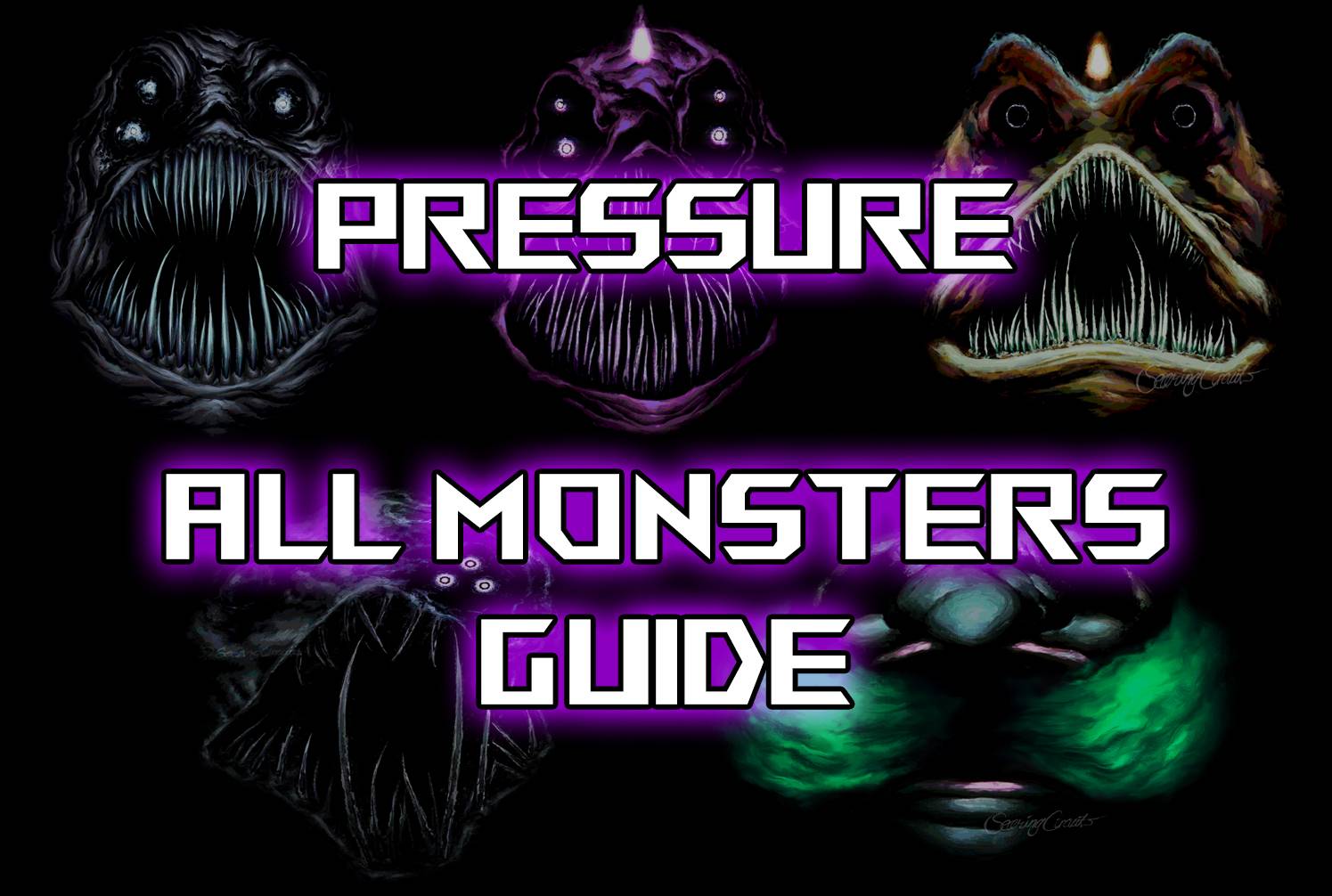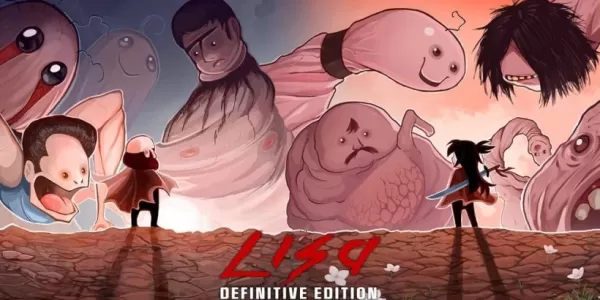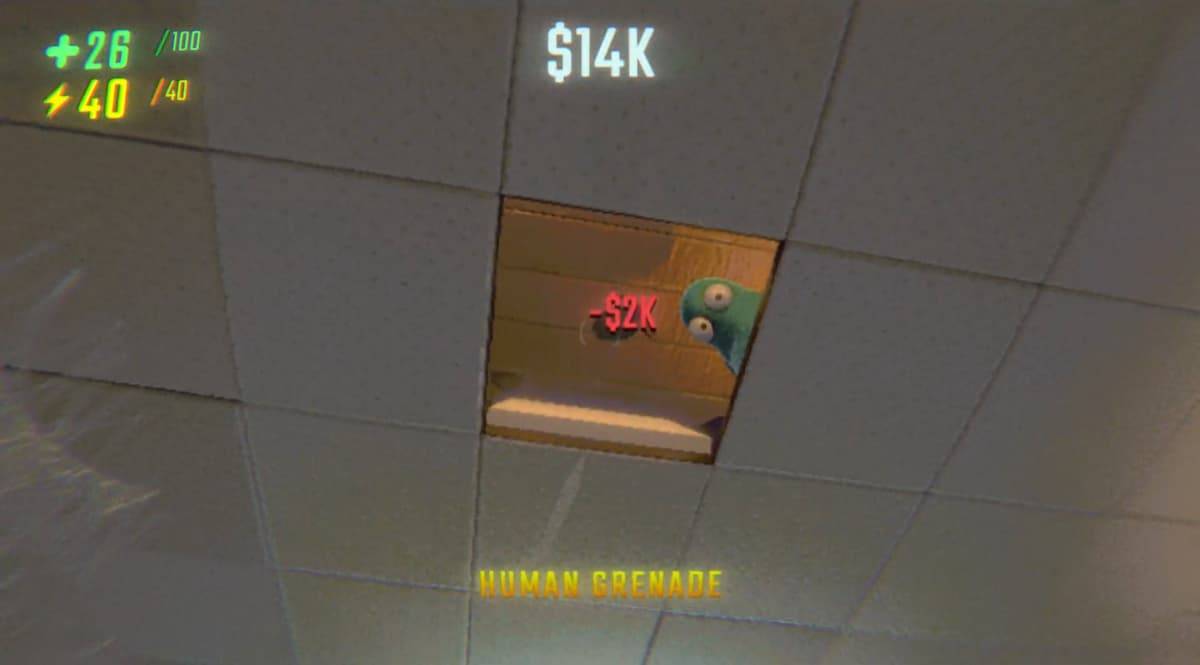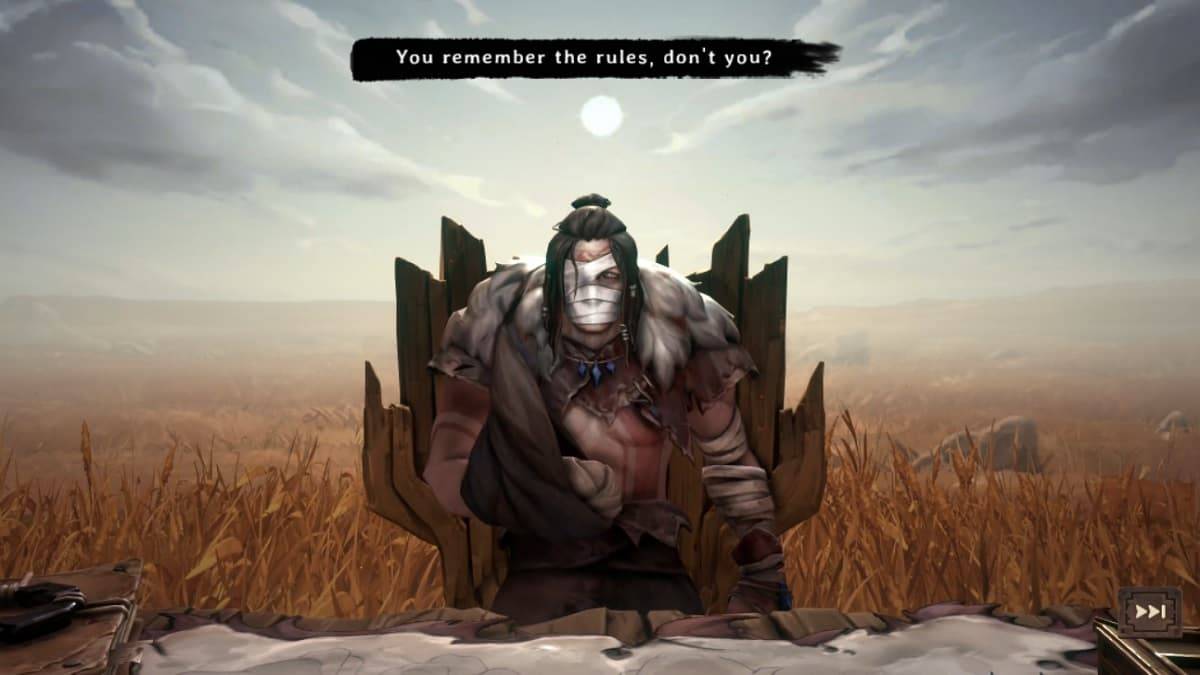The Burning Monolith: Path of Exile 2's Endgame Challenge
The Burning Monolith, a unique map location in Path of Exile 2's Atlas of Worlds, resembles a Realmgate but presents a significantly more challenging encounter. Accessing it requires three Crisis Fragments, each obtained by conquering a Citadel – exceptionally rare and difficult map nodes.
Unlocking the Arbiter of Ash
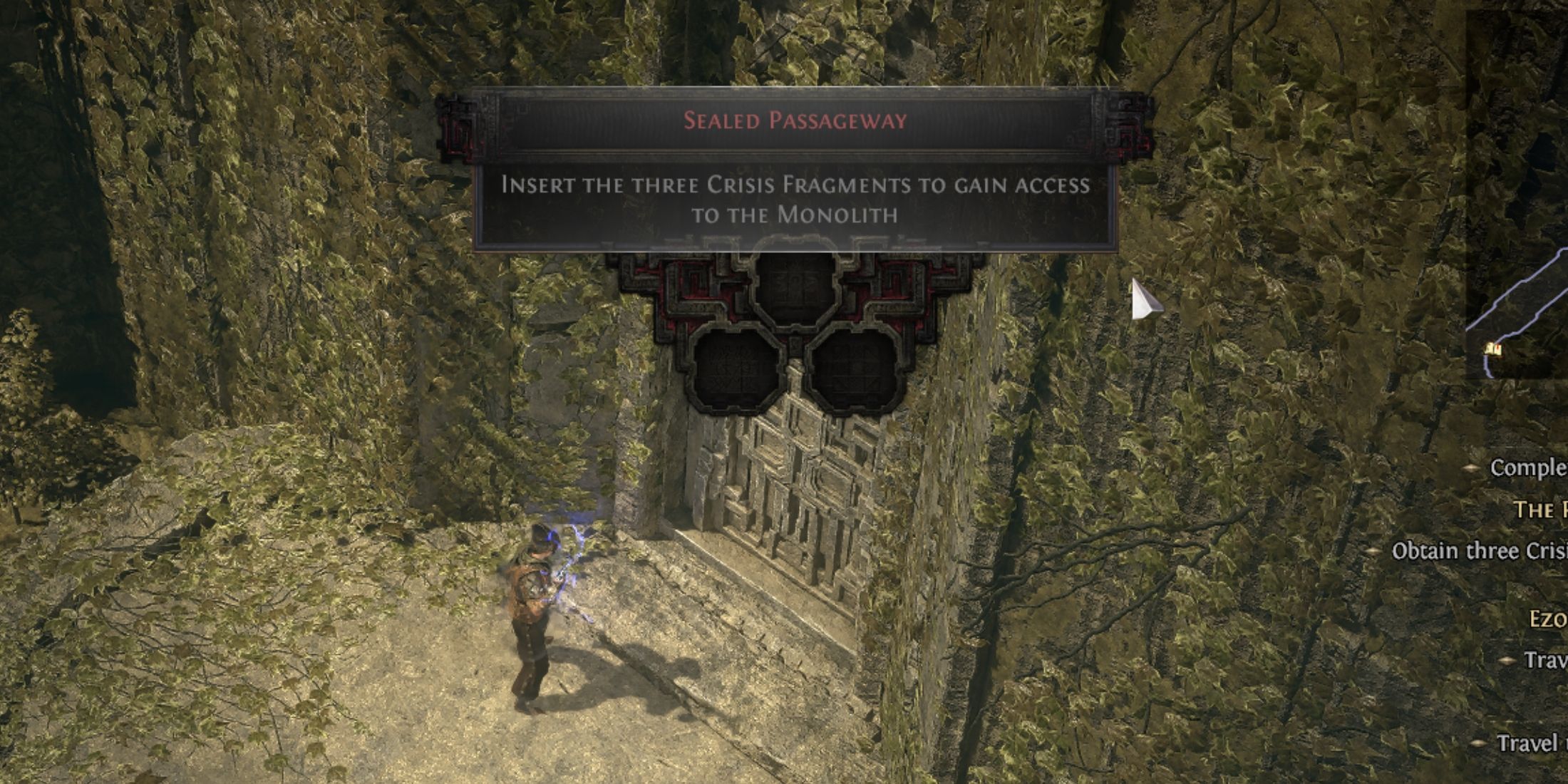 The Burning Monolith is the lair of the Arbiter of Ash, the game's toughest pinnacle boss. Your first attempt to activate the Monolith's door initiates "The Pinnacle of Flame" quest, comprising three sub-quests: Ezomyte Infiltration (Iron Citadel), Faridun Foray (Copper Citadel), and Vaal Incursion (Stone Citadel). Completing these Citadels yields the three essential Crisis Fragments. Combine them at the Monolith's altar to face the Arbiter of Ash. Ensure your character build is optimized; the Arbiter boasts devastating attacks and immense health.
The Burning Monolith is the lair of the Arbiter of Ash, the game's toughest pinnacle boss. Your first attempt to activate the Monolith's door initiates "The Pinnacle of Flame" quest, comprising three sub-quests: Ezomyte Infiltration (Iron Citadel), Faridun Foray (Copper Citadel), and Vaal Incursion (Stone Citadel). Completing these Citadels yields the three essential Crisis Fragments. Combine them at the Monolith's altar to face the Arbiter of Ash. Ensure your character build is optimized; the Arbiter boasts devastating attacks and immense health.
Locating the Elusive Citadels
 Path of Exile 2 features three Citadels: Iron, Copper, and Stone, each guarded by a unique boss. The primary hurdle is their unpredictable location on the randomly generated Atlas. While no guaranteed method exists, these strategies may increase your chances:
Path of Exile 2 features three Citadels: Iron, Copper, and Stone, each guarded by a unique boss. The primary hurdle is their unpredictable location on the randomly generated Atlas. While no guaranteed method exists, these strategies may increase your chances:
- Directional Exploration: Choose a direction on the Atlas and systematically explore until you discover a Citadel. Unlocking Towers provides a wider view.
- Corruption Tracking: Focus on Atlas nodes exhibiting corruption, often found at the map's edges. Clear these nodes, unlock nearby Towers, and repeat.
- Clustered Appearance: Anecdotal evidence suggests Citadels tend to cluster. Finding one may lead to the others.
Citadel hunting is a late-game activity, best undertaken with a fully optimized build.
Alternative Acquisition of Crisis Fragments
Crisis Fragments, the reward for Citadel completion, can be purchased via the in-game trading website or Currency Exchange. However, their rarity often commands a high price, potentially offsetting the time investment of hunting them.














